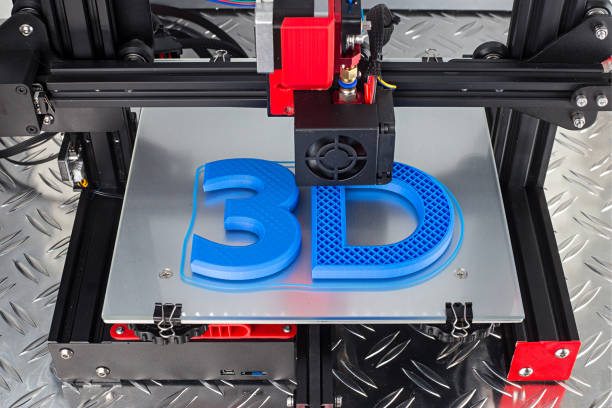Navigating the New Frontiers of Industrial 3D Printing
3D printing, once a niche technology, is rapidly becoming a critical component of the industrial landscape. Its transformative potential is untapped, offering a myriad of opportunities for businesses ready to embrace it. The advent of 3D printing, also known as additive manufacturing, dates back to the 1980s. Its initial adoption was slow, primarily used for prototyping in the automotive and aerospace industries. However, advancements in technology and materials have propelled 3D printing into the mainstream, with its use now expanding into manufacturing and production.

The Current State of Industrial 3D Printing
Industrial 3D printing has grown exponentially in the last decade. The technology can produce complex structures with precision, using a variety of materials, including metals, ceramics, and polymers. This versatility makes 3D printing a valuable tool in sectors as diverse as healthcare, construction, and food production.
Potential Impact, Benefits, and Challenges of Industrial 3D Printing
The impact of industrial 3D printing cannot be overstated. It offers the potential for mass customization, enabling manufacturers to meet specific customer needs without sacrificing efficiency. Moreover, it reduces material waste, contributing to sustainability efforts.
However, the technology’s full potential is yet to be realized due to challenges like high upfront costs, limited material selection, and the need for specialized skills for operation and maintenance.
Future Prospects of Industrial 3D Printing
Experts forecast that the global 3D printing market will reach USD 34.8 billion by 2024, driven by increasing adoption across industries. The technology’s ability to manufacture complex components quickly and efficiently will likely be a game-changer, especially in sectors like healthcare, where customized prosthetics and surgical tools can be produced on-demand.
Practical Industrial Insights for 3D Printing Adoption
- Start small: Begin by integrating 3D printing in smaller, manageable areas before scaling up.
- Invest in training: Ensure your team has the necessary skills to operate and maintain 3D printers.
- Partner with experts: Collaborate with 3D printing specialists to leverage their expertise and reduce implementation risks.
Conclusion
Industrial 3D printing is more than a passing trend; it’s a transformative technology poised to reshape manufacturing and production in the coming years. By understanding its potential and overcoming its challenges, businesses can leverage 3D printing to drive innovation, improve efficiency, and gain a competitive edge.




